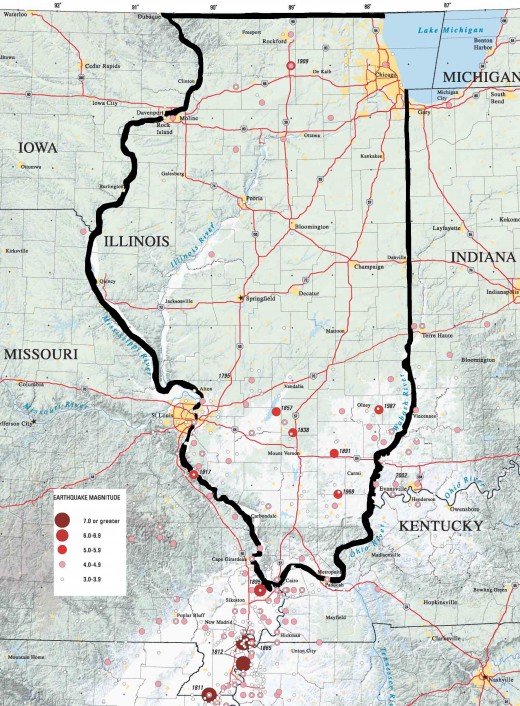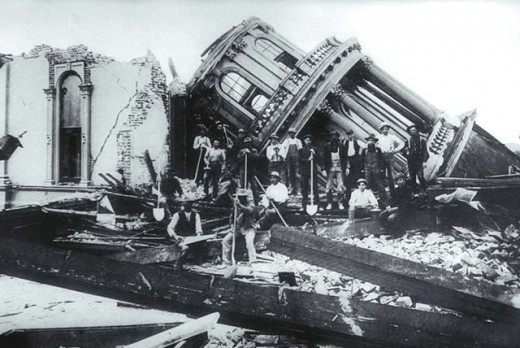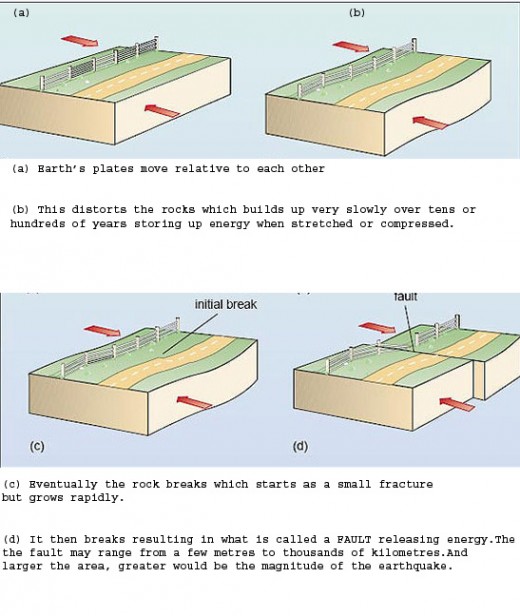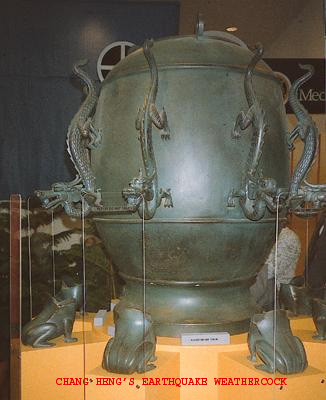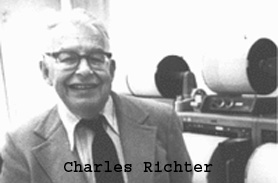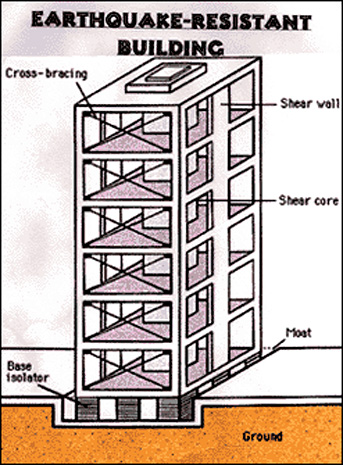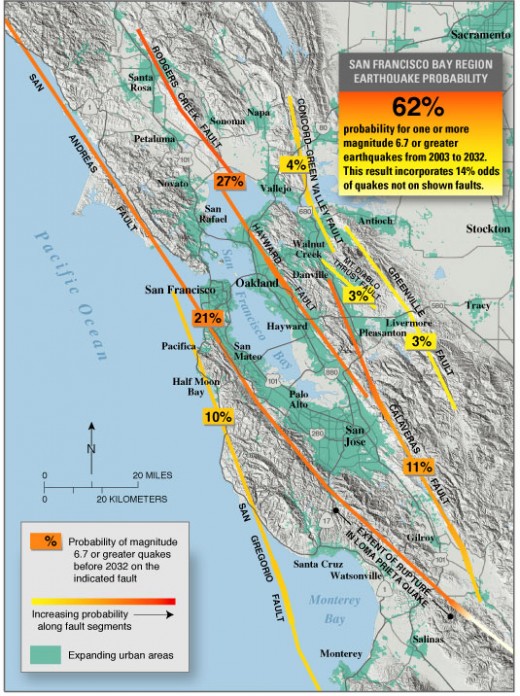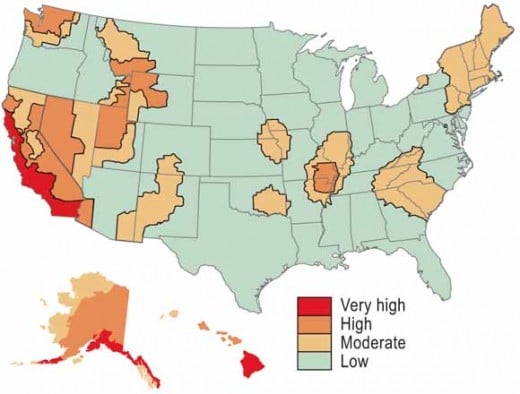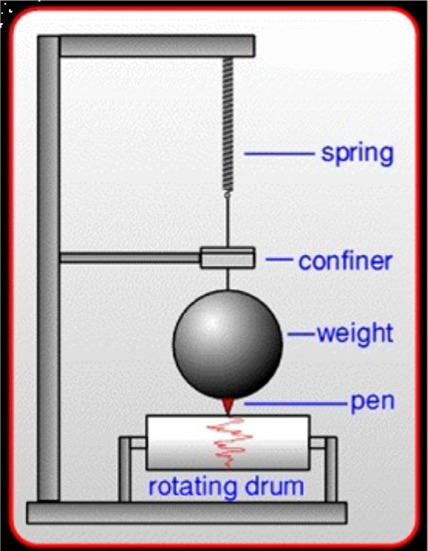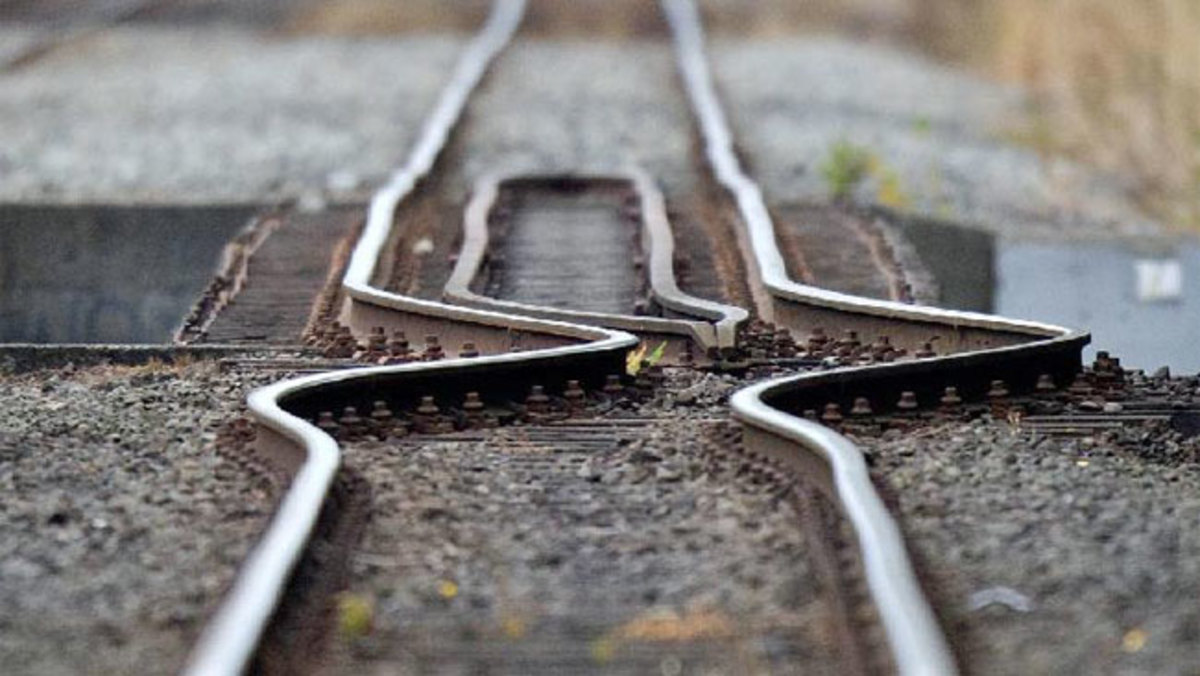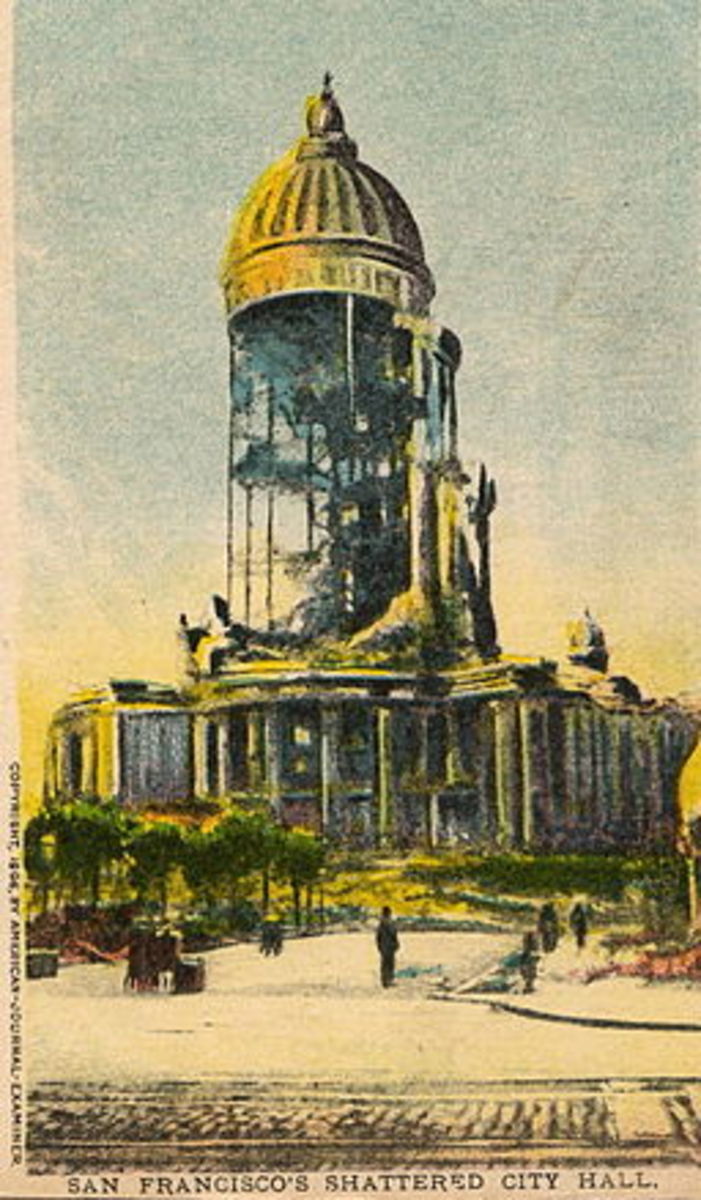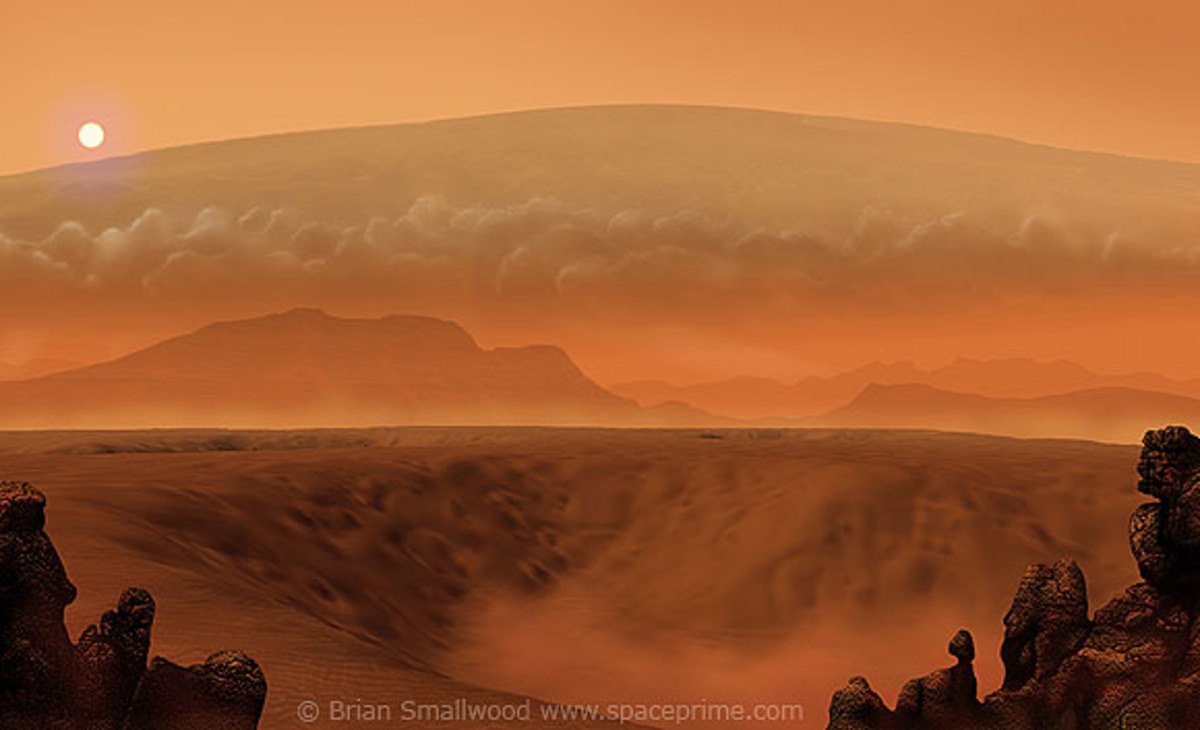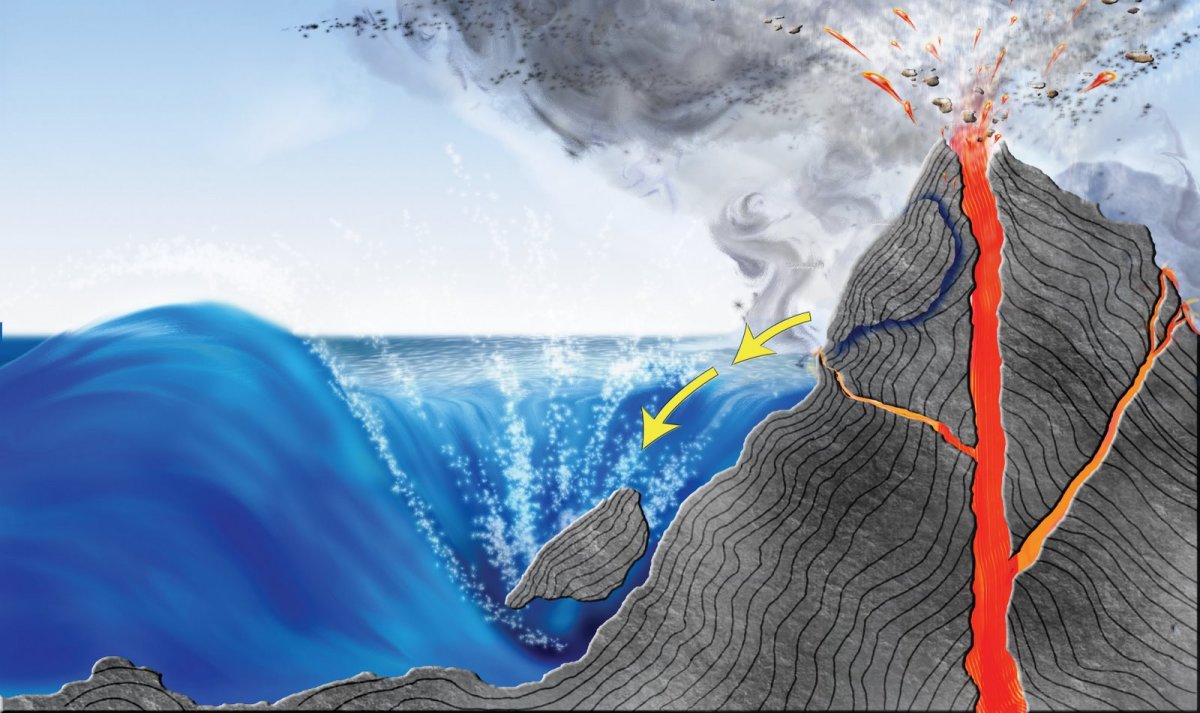EARTHQUAKES
San Francisco, April 18, 1906 at 5-15 AM a massive earthquake measuring 8.25 on the Richter scale devastated most parts of the city. The havoc was magnified in its intensity by the fire that erupted resulting in the collapse of nearly 25000 buildings and the death of about 700 people. The human misery was even greater---about 250,000 became homeless and the damage was estimated to be more than $350,000,000. Eighty three years later (1989) San Francisco was hit by another earthquake this time measuring 6.7 on the Richter scale. It is predicted that earthquakes of 1906 magnitude usually take place at intervals of 200 years, but the probability of earthquakes of 6.7 on the Richter scale before 2032 is about 62%. We cannot avert these acts of nature nor can we be complacent about it. So what can we do when nature strikes? This can answered only when we understand why and how earthquakes occur.
WHAT CAUSES EARTHQUAKES
Part of the earth called plates; move in opposite direction due to forces acting upon it. This stretches the rock resulting in the formation of faults. When distortion reaches breaking point, the rocks begin to break. This break rapidly spreads along the fault releasing immense amount of energy. The movement of the rock can sometimes be up and down too. The origin of the earthquake where the initial break takes place is called the FOCUS. The point on the earth's surface directly above the focus is called the EPICENTRE.
Sometimes earthquakes are preceded by foreshocks. But the problem is that it can be identified as one, only after the main earthquake has taken place. Aftershocks however are more common, which may continue for weeks or months and occurs due the readjustments in the position of rocks.
CLASSIFICATION OF EARTH QUAKES
Earthquakes are measured on the logarithm of the energy released and is expressed in Richter scale.
- Slight : Magnitude up to 4.9 on the Richter scale
- Moderate : Magnitude 5.0 to 6.9
- Great : Magnitude 7.0 to 7.9
- Very great : Magnitude 8.0 and more
INSTRUMENTS MEASURING EARTHQUAKES
A Seismograph is the instrument which is used for measuring earthquakes. The first seismograph was invented in 132 AD by the Chinese astronomer Chang Heng. It was called ‘Earthquake weathercock". The modern seismograph was however invented by the British geologist John Milne in 1880 who along with Sir James Alfred Ewing and Thomas Gray formed the Seismological Society of Japan which had funded the invention of seismograph.
The deadliest earthquake in recorded history took place in Shansxi, China on January 23, 1556. It is estimated that around 830,000 people perished in the great calamity and had a magnitude of 8 on the Richter scale. However one of the largest earthquake in the twentieth century was on May 22, 1960 which took place in Chile. Quite often fallouts of earthquakes are tsunamis as in the case of the Indonesian earthquake of 2004, where an undersea earthquake of the magnitude of 9.1 on the Richter scale triggered a tsunami which killed nearly 150,000 people and released energy equivalent to 23000 Hiroshima type A-bombs.
WHEN EARTHQUAKES STRIKES
Remain cool and don't panic. Survival depends upon how you react in such emergencies.
WHEN INSIDE
- DROP, COVER AND HOLD ON. This means that you should take cover under some heavy piece of furniture like a table and continue to remain there until the shaking stops. Ensure that you are not near a window or door and don't move around unnecessarily.
- If you are in bed, you may either seek cover under the bed or continue to remain there. But cover you head with a pillow.
- Never use an elevator.
WHEN OUTSIDE
- Move away from buildings, trees or power lines and stand in a clear spot
- Drop to the ground and remain like that until the shaking stops.
IF YOU ARE IN A CAR
- Slow down and find a clear space to stop. Avoid stopping under bridges, power lines or collapsing buildings.
- Switch off the engine, turn on emergency flashers and continue to remain inside.
AFTER THE EARTHQUAKE
- Listen to emergency information on your battery operated radio.
- If your home is unsafe, get every one out.
- If there is a gas leak, open the windows and leave the building.
- If your electricity system is damaged, see sparks or smell hot insulation, switch of the electricity mains, but don't go near it if you have to step into water.
- Help your neighbors, particularly children, elderly people and those who are physically handicapped.
It is not earthquake however that kill, people but buildings around us. Modern earthquake resistant buildings try to increase the natural period of the structure by base isolation and increase damping by energy dissipating devices.
Links
The Great 1906 Earthquake and Fire
http://www.sfmuseum.org/1906/06.html
Early films on San Francisco earthquake
http://lcweb2.loc.gov/ammem/papr/sfhome.html
Library of Congress collection
http://lcweb2.loc.gov/ammem/papr/sfhome.html
Dos and don'ts during earthquakes
http://www.youtube.com/watch?v=Llim0NxpGGs
The San Francisco earthquake of 1989
http://www.youtube.com/watch?v=FW-TkpvKPl0&feature=related
Sumatra earthquake
http://www.youtube.com/watch?v=JPj41JySMLk&feature=related
Asian Tsunami 2004
http://www.youtube.com/watch?v=0NfKZAiWRoE
Dos and don'ts when insuring your home.
http://www.unitedpolicyholders.org/claimtips/tip_do_donot.html
Designing earth quake resistant buildings

